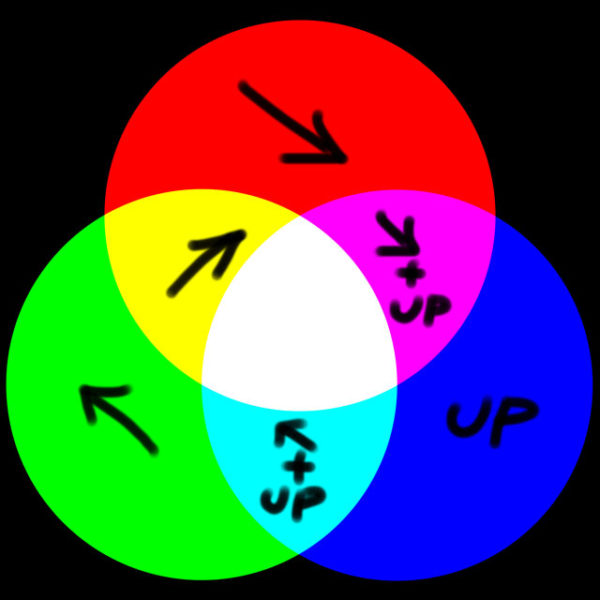
However do keep in mind that it is possible to use a combination approach. If this is needed then you will need to instead use a hair system. The key is that in each case the hair must be short, and more specifically it cannot have any curve or wave to it. Finally, a vector map is relatively simple, so we do not need to have a huge image resolution for our texture like we might when painting a diffuse map.įur can thus be combed to achieve a good deal of complex looks, ranging from animal fur to short down feathers, end even short human hair, as shown here:.Vray needs this to be in 0 to 1 range, so we will just stay in that color space by using an 8-bit format instead. Mari paints the fur map in 0 to 1 range but uses a 16-bit EXR format that will save it out in -1 to 1 range.The vector color system used by Mari and Vray vary slightly (the above image illustrates the Vray colors).As discussed above, because Mari cannot paint the vector height, in order to get good elevation of the fur in Vray, the initial color of the texture needs to be set to light blue (0.5, 0.5, 1) rather than grey which Mari defaults to.Mari paints vectors in tangent space, which Vray needs, but the vectors will be viewed in Mari in screen space.Next, let's go over some technical details of how Mari and Vray both work with vectors: This will give us a nice elevation later in Vray rather than having the fur get buried in the geo. In other words our map's initial color should be set to: 0.5, 0.5, 1. So we will want to start with a map that has the left/right and up/down set to the middle, and the height all the way up. Mari only paints the red and green directions, not the height. Let's begin with a chart showing how the vector system uses RGB colors to drive the fur direction:Īs you can see above, the RGB channels control the fur direction: The red channel is left to right, blue is up and down, and blue is the height.

For those unfamiliar with vector paint in Mari 2.0, there is a nice video tutorial here.

This tutorial thus focuses on creating compatible output for Vray, and does not cover the basics of how to paint the vector maps in Mari.

However, because the two software do this in slightly different ways, the main issue becomes creating a map in Mari that will be compatible with Vray. Mari 2.0 can paint vector maps that can be used to drive Vray fur.


 0 kommentar(er)
0 kommentar(er)
